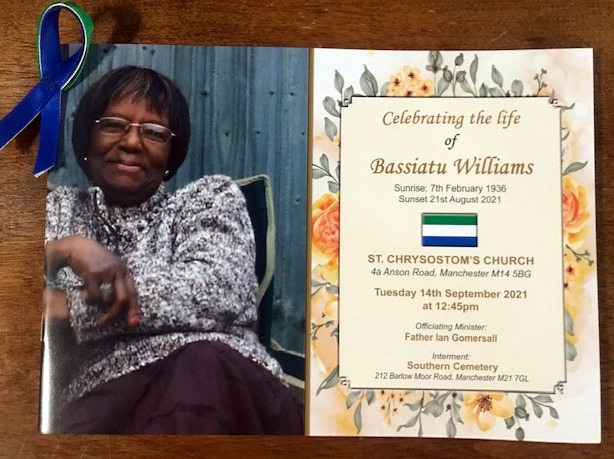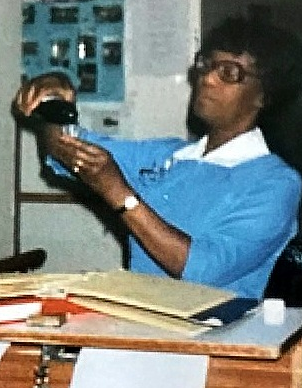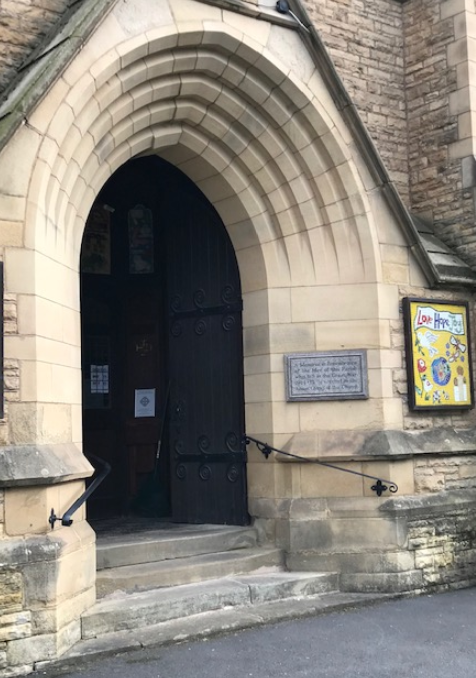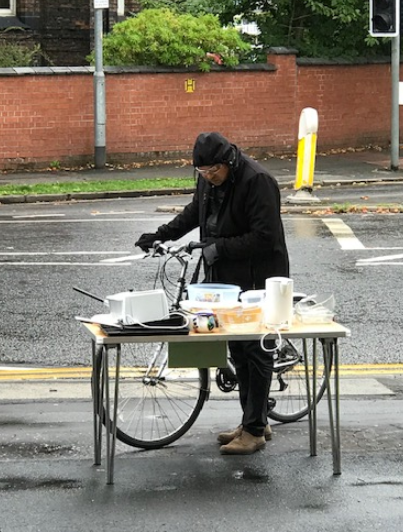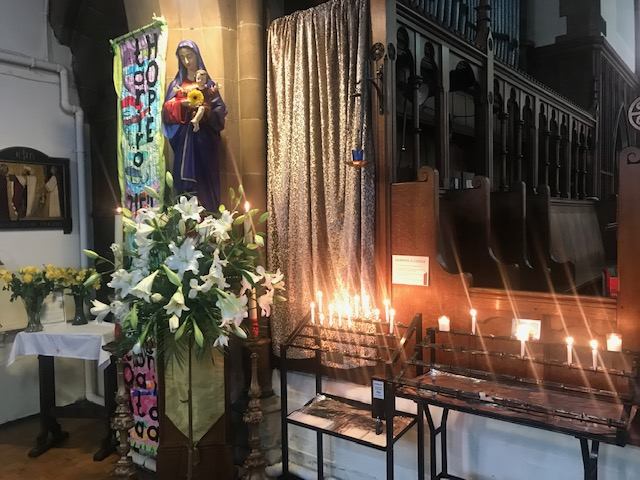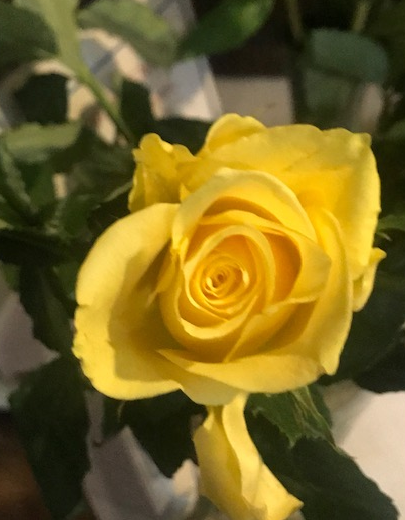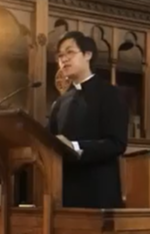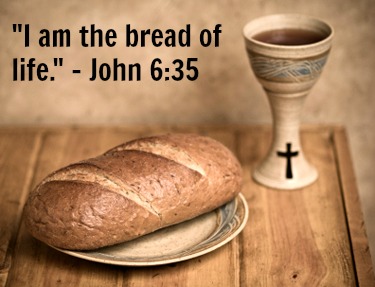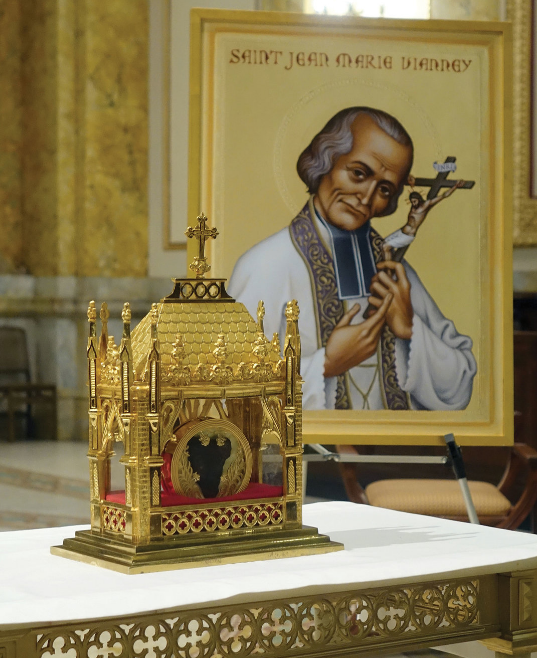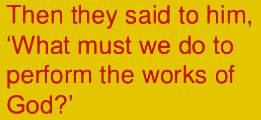Here we see an oil painting on a stone. My father painted it on holiday in Galloway in South Scotland about 45 years ago. He enjoyed trying his hand at painting, especially in holiday times. The painting is special to me, not only because he painted it, but because the painting shows a special place for me, and it would seem for him too. It shows St Ninian’s Cave near Whithorn in Galloway, as my father saw it then. The painting is on a stone he found on the beach.
St Ninian, feast day 16th September, is honoured as a holy saint, yet most details of his life are lost in history, and legends have been added to his story. What seems to be clear, though, is that in the fourth century, when sea routes were the safest way to travel, Ninian arrived in Whithorn, by boat.
Whithorn became his home. He settled there, build a stone church (one of the earliest in Britain) and lived, prayed and worked there. His fame extended to the area and people came to work with him, and live in that community, inspired by his simple example, Several in their turn became priests, and travelled onwards, carrying on Christian work in the way Ninian did. Whithorn became a centre of Christianity, and pilgrimage.
Ninian has become one of the most venerated of Scottish saints, yet his life story is a simple one. No great heroic acts are recorded, no fights against heretics, no miraculous healings, yet clearly he was a person of great influence in the small area where he lived. His example and his strength lie in the church and community he formed, the pastoral care he gave in his area of life, and the prayers and worship he offered there.
Today, in days when one part of the Church of England pushes hard for mission action plans, increasing numbers, doing things differently, another section stands for a ministry of loving Christian care and presence, often based on place – the parish. Both have merit, and changes are needed. However Ninian, one of the founders of our Christian faith in Britain reminds us of the value of a patient sustained ministry of parish church ministry in a community – pastoral care, prayer and presence in our community.
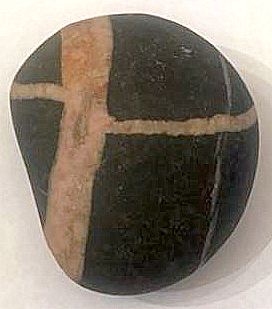
On the beach near Ninian’s cave many of the stones are marked with crosses, and pilgrims often take one home. I hold mine today, collected 45 years ago, and still treasured, and as I hold it I recall Ninian and the ‘Ninians’ in other generations of church history, and in the church today. Pray with me for wisdom for the Church of today of which, in distant days and for today, Ninian is a founder and inspiration.
Fr Ian


